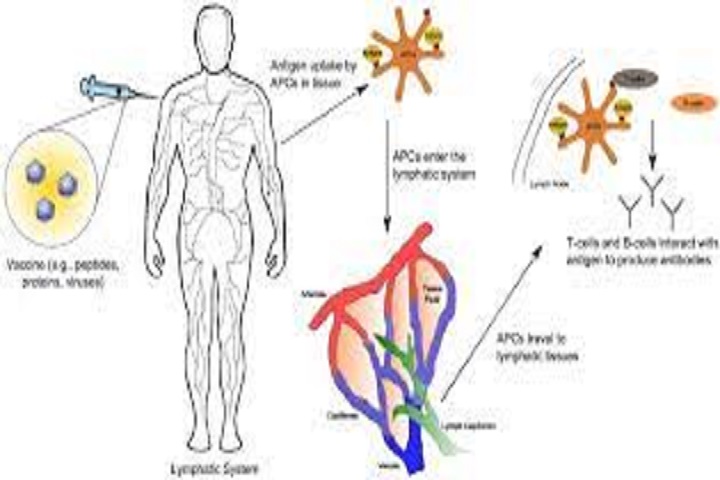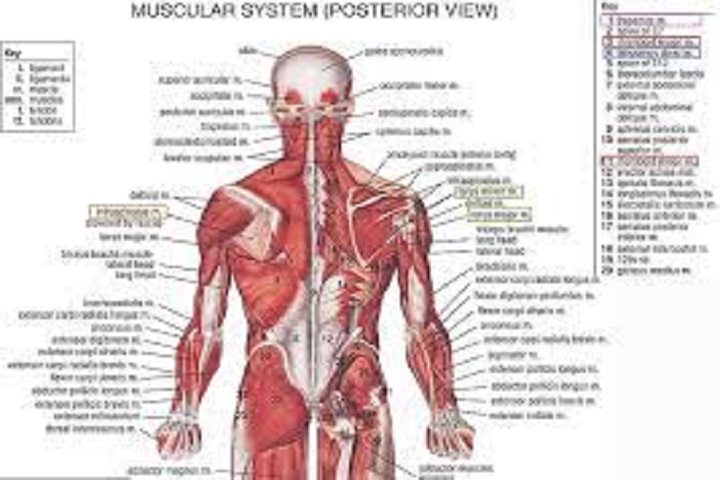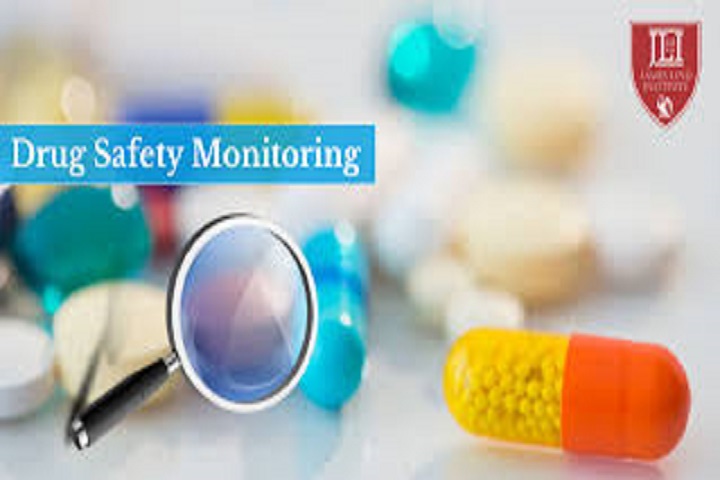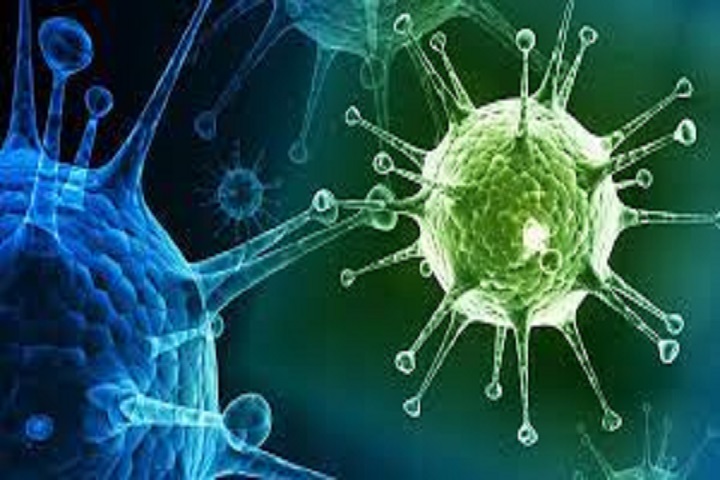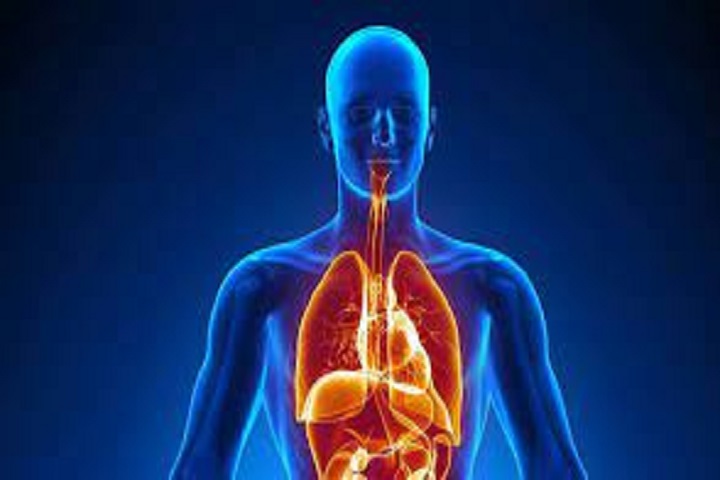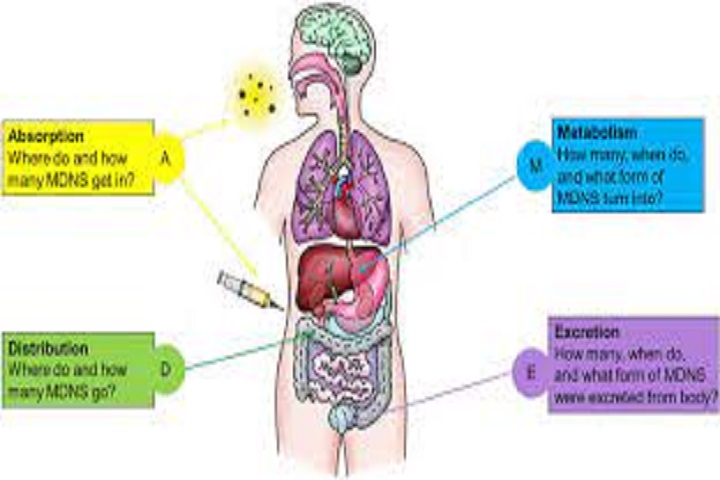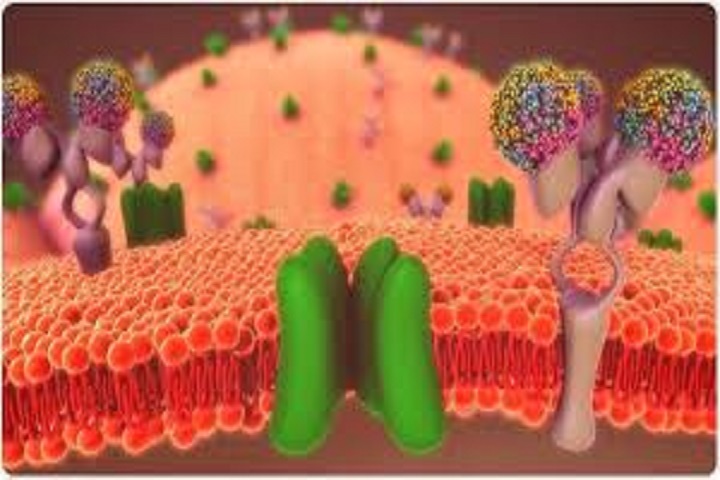Introduction A child falls and scrapes her knee. Is this likely to be a life-threatening injury? Probably not, even though the breaks in the skin have permitted the entry of thousands or even millions of bacteria. Those bacteria, however, will be quickly destroyed by the cells and organs of the …
Read More »Antiemetics and related drugs
Introduction Nausea and vomiting have many causes including drugs, motion sickness, fear, pregnancy, vestibular disease, and migraine. In previous decades anesthesia was almost synonymous with vomiting, but with the advent of new anesthetic agents and more aggressive treatment, the incidence of vomiting has decreased. However, even the latest agents have …
Read More »The Muscular System
Introduction Do you like to dance? Most of us do, or we may simply enjoy watching good dancers. The grace and coordination involved in dancing result from the interaction of many of the organ systems, but the one you think of first is probably the muscular system. There are more …
Read More »Mathematics and pharmacokinetics
Introduction Pharmacokinetics is the study of the way in which the body handles administered drugs. The use of mathematical models allows us to predict how plasma concentration changes with time when the dose and interval between doses are changed, or when infusions of a drug are used. Because there is …
Read More »Rational Use of Drugs & Drugs Laws
RATIONAL USE OF DRUGS Rational use of drugs means using drugs that are safe and effective. These drugs should be available at reasonable prices and could be stored conveniently. The drug should be the appropriate drug for the disease, should be administered at the right dose for the right period …
Read More »cellular and molecular microbiology
Introduction Traditionally all living objects had been divided into the plant and animal kingdoms. There are some organisms that do not fulfill the criteria for either of the two kingdoms. A new kingdom, Protista was created to include these organisms. Protista has been divided into viruses, prokaryotic and Eukaryota (Table …
Read More »Scope Of Medical Microbiology
Introduction Medical microbiology is the biological study of bacteria, viruses, fungi, protozoa, and algae which are collectively called microorganisms, and unlike macroscopic organisms that are readily visible, these require magnification to be seen with the help of a microscope. MICROORGANISM A microorganism is one of a very diverse group of …
Read More »Organization and General Plan of the Body
Introduction The human body is a precisely structured container of chemical reactions. Have you ever thought of yourself in this way? Probably not, and yet, in the strictly physical sense, that is what each of us is. The body consists of trillions of atoms in specific arrangements and thousands of …
Read More »Absorption, distribution, metabolism and excretion
Absorption Drugs may be given by a variety of routes; the route chosen depends on the desired site of action and the type of drug preparations available. Routes used commonly by the anesthetist include inhalation, intravenous, oral, intramuscular, rectal, epidural, and intrathecal. Other routes, such as transdermal, subcutaneous, and sublingual, …
Read More »Drug passage across the cell membrane
Introduction Many drugs need to pass through one or more cell membranes to reach their site of action. A common feature of all cell membranes is a phospholipid bilayer, about 10 nm thick, arranged with the hydrophilic heads on the outside and the lipophilic chains facing inwards. This gives a …
Read More » TRUTHREVIEWERS
TRUTHREVIEWERS
